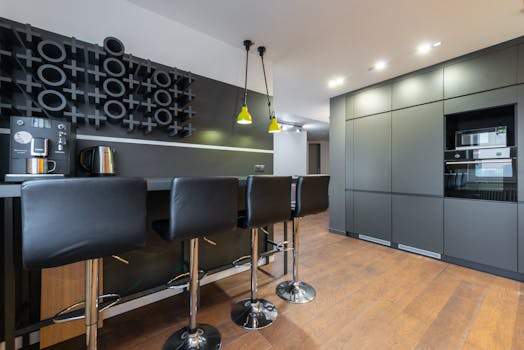
Maximizing Small Spaces with Clever Furniture Arrangements
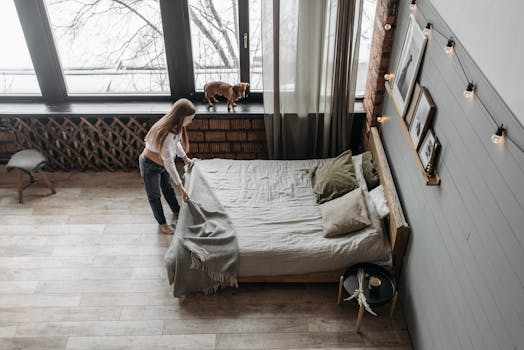
Living in small spaces can be a challenge, but with the right furniture arrangements, you can create a functional and stylish environment. This article discusses the best strategies for maximizing small spaces with clever furniture arrangements.
Understanding Your Space
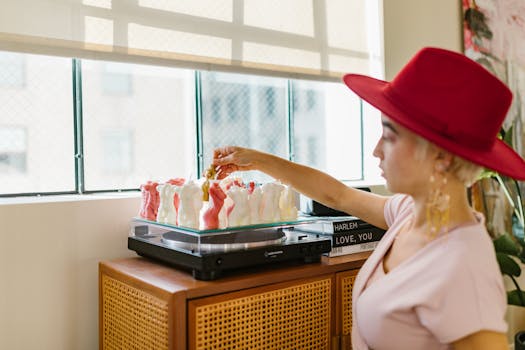
Before you start rearranging furniture, it’s essential to understand your space. Take measurements and consider the layout of your room. Identify focal points, such as windows or fireplaces, and think about how you want to use the space. Understanding your space will help you make informed decisions about furniture placement.
Choosing Multi-Functional Furniture
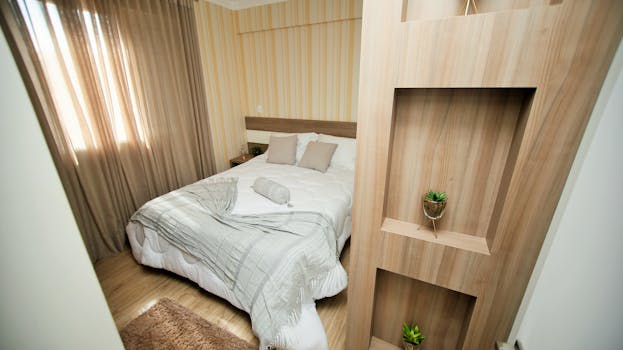
One of the best ways to maximize small spaces is by choosing multi-functional furniture. Look for pieces that serve more than one purpose, such as a sofa bed, an ottoman with storage, or a dining table that can expand. These versatile options can help you save space while still meeting your needs.
Creating Zones
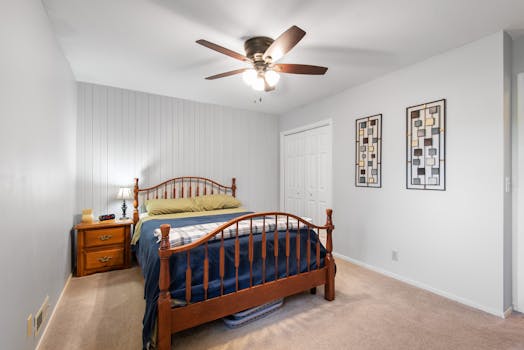
In small spaces, it’s crucial to create distinct zones for different activities. Use furniture arrangements to define areas for lounging, dining, and working. For example, place a sofa facing a TV to create a living zone, while a small desk in the corner can serve as your workspace. This separation helps make the space feel organized and intentional.
Utilizing Vertical Space

When floor space is limited, think vertically. Use wall-mounted shelves, tall bookcases, or hanging organizers to make the most of your vertical space. This not only frees up floor area but also draws the eye upward, making the room feel larger. Consider using hooks for hanging items like bags or coats to keep the floor clear.
Furniture Arrangement Tips
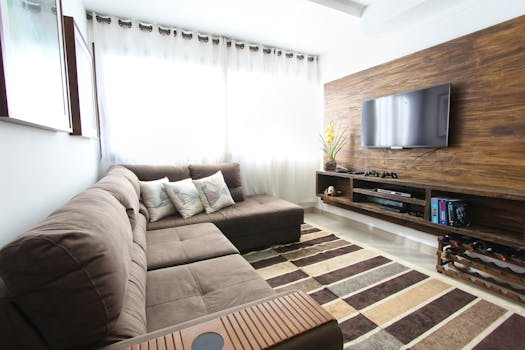
When arranging furniture in small spaces, keep these tips in mind: avoid blocking pathways, choose furniture that is proportional to the room size, and leave some space between large pieces. Experiment with different layouts to find what works best for your needs. Sometimes, even a slight change can make a significant difference in the overall feel of the room.
